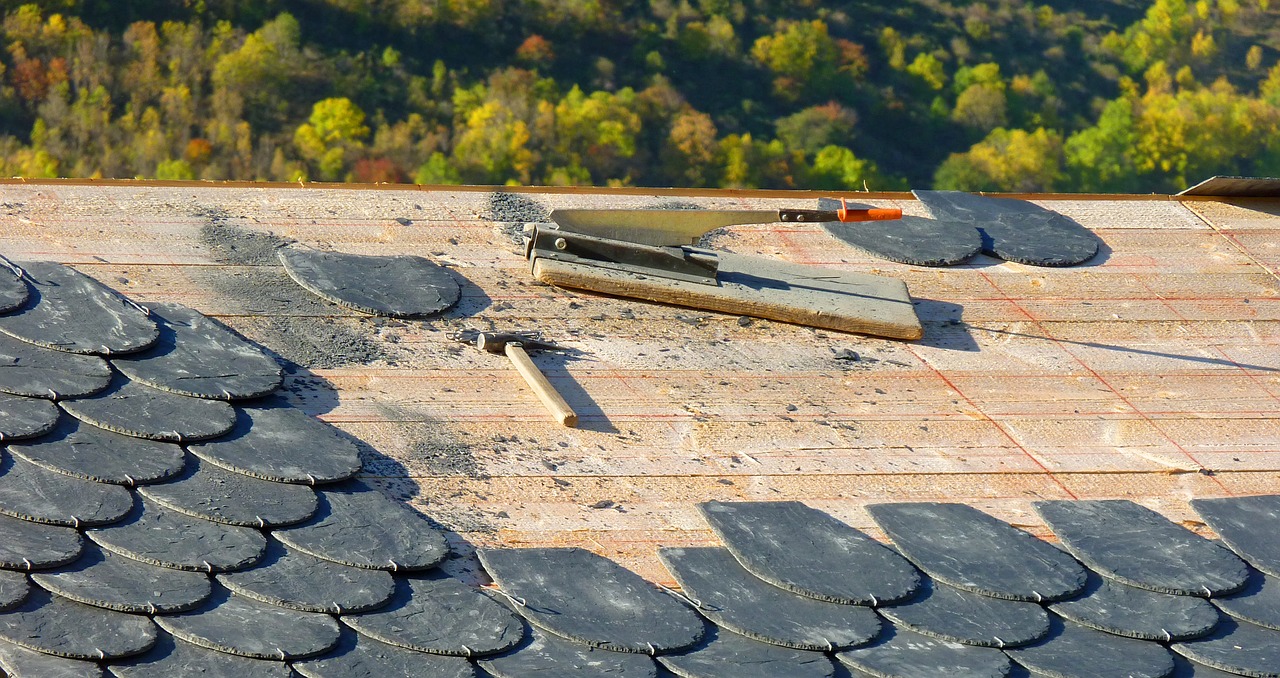
When it comes to protecting your home from water damage, an efficient roof drainage system is crucial. Roof drainage solutions are designed to channel rainwater away from your home, minimizing water accumulation and potential damage. Understanding the various options available can help you choose the best solution for your specific needs.
This article explores key roof drainage solutions that not only prevent water damage but also improve the overall efficiency and lifespan of your roofing system. From gutters and downspouts to advanced technologies, we cover a range of strategies to ensure your home remains safe and dry.
Roof Drainage Solutions in Canberra VIC
Essential Roof Drainage Solutions for Your Home
Gutters are the most common component of a roof drainage system. They collect rainwater as it runs off the roof and direct it towards downspouts, which then carry it safely away from the building's foundation. It is important to choose gutters that are made of durable materials such as aluminum or copper, which resist rust and weathering while providing efficient drainage.
Regular maintenance is essential to keep gutters functioning properly. This includes cleaning them periodically to remove leaves, twigs, and other debris that could cause blockages. Installing gutter guards is another great way to prevent debris buildup and reduce maintenance time.
For homes in areas that experience heavy rainfall, oversized gutters may be a better option. These gutters can handle more water, reducing the risk of overflow during severe storms. Consulting with a roofing professional can help you determine the right size and type of gutter system for your home.
Downspouts are a critical part of any drainage system, working in conjunction with gutters to transport water away from the roof. Proper placement and sizing of downspouts ensure efficient water flow and minimize erosion around your home's foundation. It's recommended that downspouts be placed every 30 to 40 feet along the gutter system for optimal efficiency.
Extensions can be added to downspouts to direct water further away from your home. This is especially important if your landscaping slopes towards the building or if there are areas where water tends to pool. Flexible downspout extensions offer an affordable and customizable solution to divert water where it's needed.
Another option is to install splash blocks or drainage swales, which help distribute water over a larger area. These solutions can be aesthetically pleasing and can blend beautifully with your landscaping while providing essential drainage support.
More Resources
For modern homes, advanced roof drainage systems such as French drains and dry wells offer innovative solutions. A French drain is a trench filled with gravel or rock that redirects surface water and groundwater away from the home. It can be particularly useful in areas with poor soil drainage.
Dry wells are underground structures designed to collect stormwater runoff and gradually release it into the soil, reducing surface water accumulation. They are often used in combination with other drainage systems to provide a comprehensive solution to water management.
Both French drains and dry wells require proper installation to function effectively. Hiring a professional is advisable to ensure these systems are properly designed and integrated with your existing drainage setup.
Optimizing Roof Drainage: Expert Solutions and Tips
Roof pitch and design play a significant role in how water is drained from your roof. Homes with steep roofs naturally shed water more effectively than flat or low-pitched roofs. However, the configuration of your roof may necessitate additional drainage solutions to prevent water pooling or overflow.
For flat roofs, internal drains or scuppers may be necessary to provide efficient drainage. Internal drains are pipes built into the roof structure that channel water to the building's exterior, while scuppers are openings on the edge of the roof that allow water to drain into connected downspouts.
Ensuring that your roof has adequate pitch and the right drainage mechanisms can prevent water-related issues and extend the life of your roof. Regular inspections can help identify potential problems before they become significant concerns.
Technology is increasingly being integrated into roof drainage systems, offering smart solutions to traditional problems. Rainwater harvesting systems can be installed to collect water from your roof and store it for later use, such as irrigation or washing. This not only aids in managing water runoff but also offers sustainable living benefits.
Smart sensors are another innovation in roof drainage. These sensors monitor water levels in your gutters and alert you when there are blockages or when maintenance is required. This proactive approach can prevent water damage before it happens and help maintain the efficiency of your drainage system.
Overall, integrating technology into your roofing solutions can enhance your home’s resilience against water damage and improve the efficiency of your drainage systems. Consulting with professionals who specialize in these technologies can ensure they are installed and maintained correctly.
Comments
Post a Comment